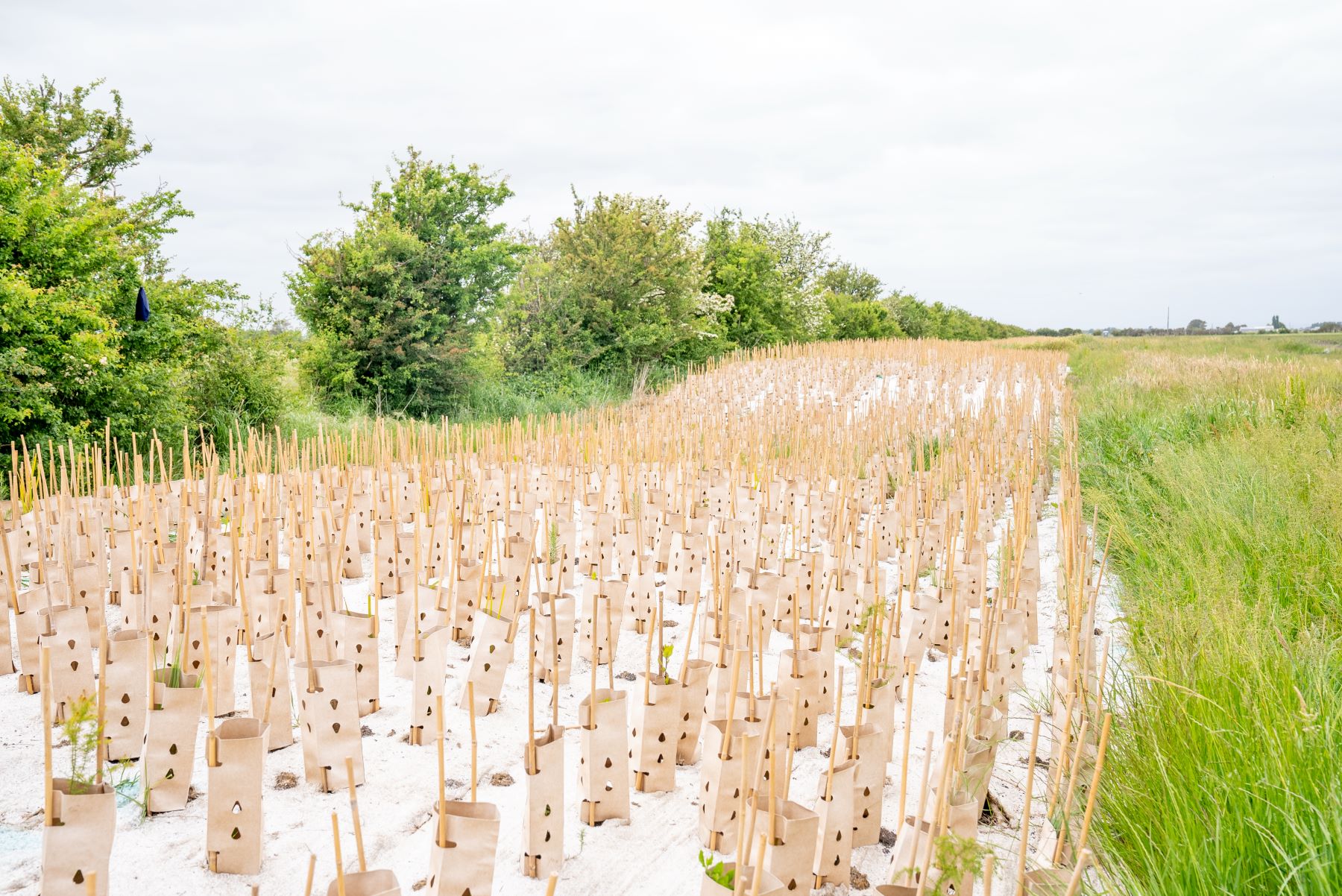Wool market carries confidence into final sale before Christmas
Australia’s wool market posted another strong performance this week, with all micron categories attracting solid support across the three selling...

In response to the transition to net zero, governments are making funds available to farmers and landowners to implement carbon farming projects.
Carbon farming refers to land management practices that sequester carbon and reduce greenhouse gas emissions. Carbon farming can range from a single change in land management to a whole-of-farm integrated plan which maximises carbon capture and emissions reduction.
Carbon farming offers environmental benefits, such as enhanced biodiversity, increased soil fertility, and economic gains from increased productivity. It can also generate a diversified income stream by creating carbon credits known as Australian Carbon Credit Units (ACCUs). Each ACCU represents one tonne of carbon dioxide equivalent emissions stored or avoided by a project.
The Queensland and Western Australian Governments provide landowners access to up-front funding for their carbon farming projects in return for an agreed number of ACCUs over a negotiated period.
The Queensland Government’s $500m Land Restoration Fund provides funding via its Investment Rounds with up to $50m available in Round 3 which closed in late 2023. Further funding will be available later in 2024.
In Western Australia, Round 3 of the $15m Carbon Farming & Land Restoration Program is now open. Funding will be available to plan and implement soil carbon and land restoration projects and will be repaid over up to 10 years with an agreed number of ACCUs. There is no cap on the funding amount that each project can apply for within the round’s funding pool.
Other jurisdictions such as Victoria and NSW offer grant funding that does not require repayment via ACCUs.
The $15.3m Victorian Carbon Farming Program is being initiated via a $3m pilot. Private landowners within the North Central Catchment Management Authority (NCCMA) region can access up to $330,000 to implement a broad suite of tree planting projects and management approaches.
The $10m High Impact Partnerships grant program in NSW offers up to $2m in matched funding for emissions reduction projects in agriculture or sequestration in soils or vegetation. The partnership approach is designed to unlock abatement at scale across multiple land tenures. A new round of funding is anticipated in April.
The carbon farming funding landscape is constantly changing so if you are planning a carbon farming project, it pays to seek support early so that you are well-positioned as funding opportunities arise.
For further information, contact your local RSM Adviser.
Edward Day is Senior Manager - Government Grants, R&D Tax & Government Incentives at RSM.
This article is republished from RSM under a Creative Commons license. Read the original article.
.png)
Australia’s wool market posted another strong performance this week, with all micron categories attracting solid support across the three selling...

The latest ABARES outlook for livestock products has sheepmeat production dropping for the 2025–26 financial year, pushing prices higher and...

Australia enters 2026 with both the beef and sheepmeat sectors positioned at significant turning points shaped by evolving supply cycles, global...